Multi-dimensional Evaluation and Practical Reflection on the Intelligent PE Class Model from the Perspective of Artificial Intelligence
DOI: 10.23977/jaip.2024.070405 | Downloads: 15 | Views: 820
Author(s)
Kewei Long 1
Affiliation(s)
1 Hongqiao Primary School in Changsha High-Tech District, Changsha, Hunan, China
Corresponding Author
Kewei LongABSTRACT
As a popular trend of contemporary education and teaching, intelligent classroom has gradually become an indispensable part of the teaching system, and the traditional education model has been replaced by intelligent classroom in physical education. With the development of science and technology progress, the requirements for equipment and technology of sports intelligent classroom are also higher and higher. In order to match technology with sports wisdom teaching classroom, cultivate students’ awareness of participation and stimulate students' enthusiasm for sports, the introduction of Artificial Intelligence (AI) technology in the classroom is the key. Therefore, this paper studied the intelligent classroom mode in which machine vision AI technology was integrated into sports teaching theory, and used machine vision AI technology to measure and record students’ physical performance. According to personal characteristics, different training programs were developed. Machine recognition replaced human eye recognition, which improved accuracy and enhanced students' self-awareness. The relevant experimental scheme and questionnaire were designed, and the participation of students before and after the introduction of machine vision and AI technology was investigated and compared. The results showed that after the introduction of machine vision AI technology, students' sports level could be more accurately and effectively understood. The number of students interested in sports courses increased by 47, and the average score of sports test significantly improved. It could be seen that the introduction of machine vision and AI technology into the sports intelligence classroom would help stimulate students’ interest and improve the classroom atmosphere and students' activity ability. This study provided a reference value for the intelligent classroom model in which AI technology was integrated into physical education teaching theory, which had a reference value for innovative teaching concepts.
KEYWORDS
Wisdom Classroom, Physical Education Teaching Theory, Artificial Intelligence Technology, Machine VisionCITE THIS PAPER
Kewei Long, Multi-dimensional Evaluation and Practical Reflection on the Intelligent PE Class Model from the Perspective of Artificial Intelligence. Journal of Artificial Intelligence Practice (2024) Vol. 7: 37-47. DOI: http://dx.doi.org/10.23977/jaip.2024.070405.
REFERENCES
[1] Yang J, Pan H, Zhou W. Evaluation of smart classroom from the perspective of infusing technology into pedagogy[J]. Smart Learning Environments, 2018, 5(1): 1-11.
[2] Phoong S Y, Phoong S W, Moghavvemi S. Effect of smart classroom on student achievement at higher education[J]. Journal of Educational Technology Systems, 2019, 48(2): 291-304.
[3] Xie M. Design of a physical education training system based on an intelligent vision[J]. Computer Applications in Engineering Education, 2021, 29(3): 590-602.
[4] Yang B, Zhang Y. The Influence of Intelligent Classroom on the Teaching Quality of Physical Education in Colleges and Universities[J]. International Core Journal of Engineering, 2020, 6(7): 167-170.
[5] Bin Y, Mandal D. English teaching practice based on artificial intelligence technology[J]. Journal of Intelligent & Fuzzy Systems, 2019, 37(3): 3381-3391.
[6] Nadikattu R R. Implementation of new ways of artificial intelligence in sports[J]. Journal of Xidian University, 2020, 14(5): 5983-5997.
[7] Li Z, Wang H. The effectiveness of physical education teaching in college based on Artificial intelligence methods [J]. Journal of Intelligent & Fuzzy Systems, 2021, 40(2): 3301-3311.
[8] Claudino J G, Capanema D O, de Souza T V. Current approaches to the use of artificial intelligence for injury risk assessment and performance prediction in team sports: a systematic review[J]. Sports medicine-open, 2019, 5(1): 1-12.
[9] Zhou Jie. Design of Smart Classroom Teaching Model Based on Big Data Environment [J]. Southern Agricultural Machinery, 2018, 49 (17) : 115-116.
[10] Ji X. Community guidance model based on interactive multimedia system[J]. Multimedia Tools and Applications, 2019, 78(4): 4723-4741.
[11] Whittle R J, Benson A C, Telford A. Enrolment, content and assessment: a review of examinable senior secondary (16–19 year olds) physical education courses: an international perspective[J]. The Curriculum Journal, 2017, 28(4): 598-625.
[12] Zhao Y. Research on the diversified evaluation index system and evaluation model of physical education teaching in colleges and universities [J]. Journal of Computational and Theoretical Nanoscience, 2017, 14(1): 99-103.
[13] Jones L, Green K. Who teaches primary physical education? Change and transformation through the eyes of subject leaders[J]. Sport, Education and Society, 2017, 22(6): 759-771.
[14] Cronin L D, Allen J, Mulvenna C. An investigation of the relationships between the teaching climate, students' perceived life skills development and well-being within physical education[J]. Physical Education and Sport Pedagogy, 2018, 23(2): 181-196.
[15] Majumdar B, Sarode S C, Sarode G S. Technology: artificial intelligence[J]. British dental journal, 2018, 224(12): 916-918.
| Downloads: | 15934 |
|---|---|
| Visits: | 544901 |
Sponsors, Associates, and Links
-
Power Systems Computation
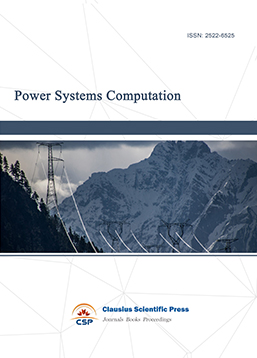
-
Internet of Things (IoT) and Engineering Applications
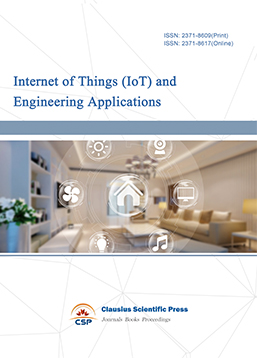
-
Computing, Performance and Communication Systems
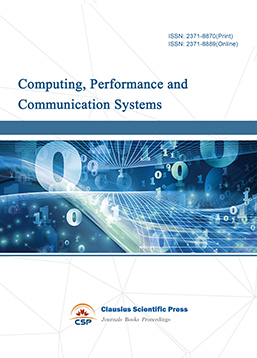
-
Advances in Computer, Signals and Systems
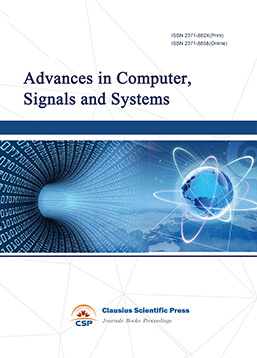
-
Journal of Network Computing and Applications
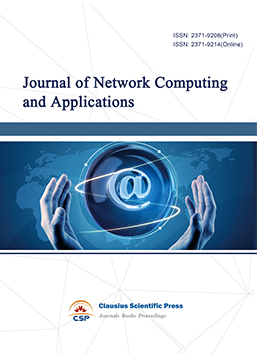
-
Journal of Web Systems and Applications
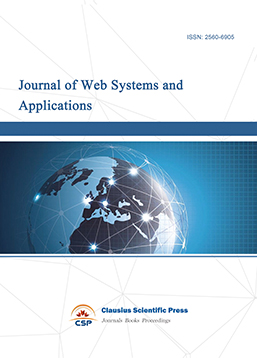
-
Journal of Electrotechnology, Electrical Engineering and Management
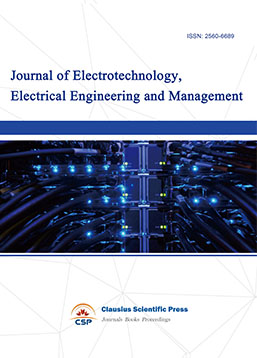
-
Journal of Wireless Sensors and Sensor Networks
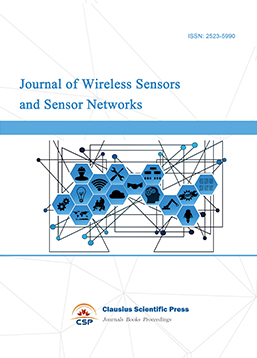
-
Journal of Image Processing Theory and Applications
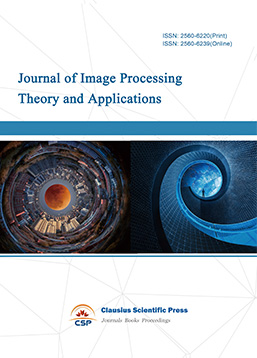
-
Mobile Computing and Networking
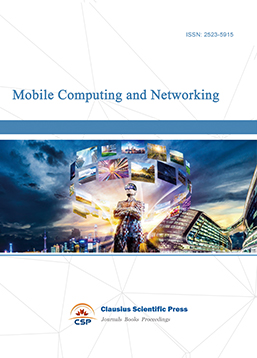
-
Vehicle Power and Propulsion
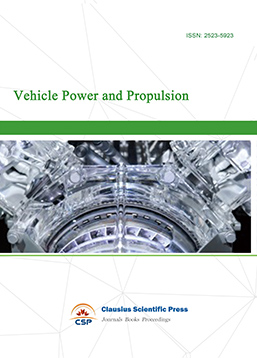
-
Frontiers in Computer Vision and Pattern Recognition
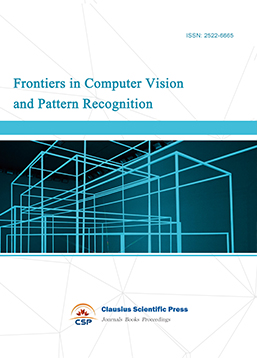
-
Knowledge Discovery and Data Mining Letters
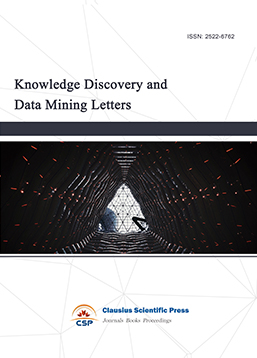
-
Big Data Analysis and Cloud Computing
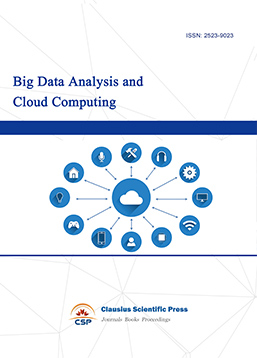
-
Electrical Insulation and Dielectrics

-
Crypto and Information Security
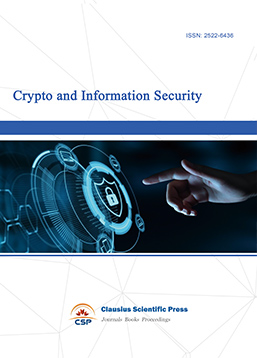
-
Journal of Neural Information Processing

-
Collaborative and Social Computing
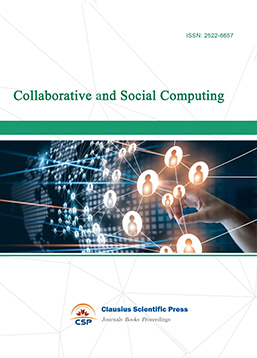
-
International Journal of Network and Communication Technology
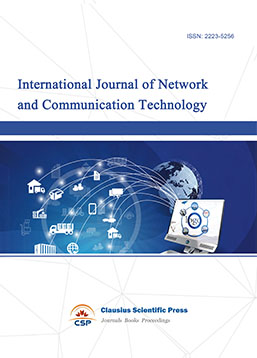
-
File and Storage Technologies

-
Frontiers in Genetic and Evolutionary Computation
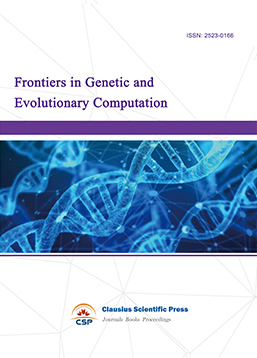
-
Optical Network Design and Modeling
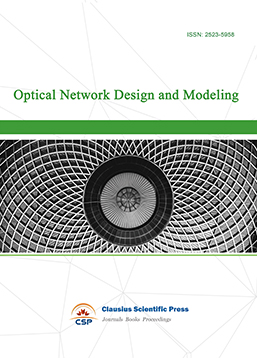
-
Journal of Virtual Reality and Artificial Intelligence
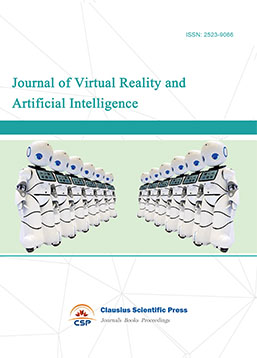
-
Natural Language Processing and Speech Recognition
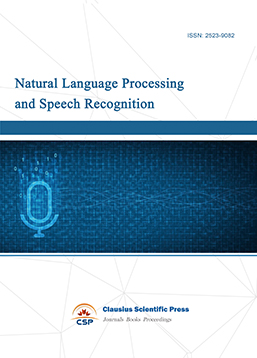
-
Journal of High-Voltage

-
Programming Languages and Operating Systems
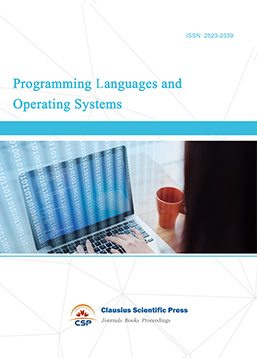
-
Visual Communications and Image Processing
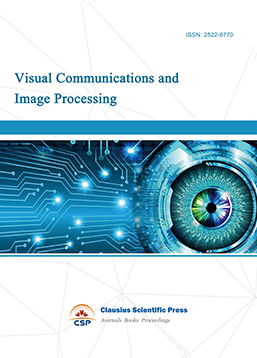
-
Journal of Systems Analysis and Integration
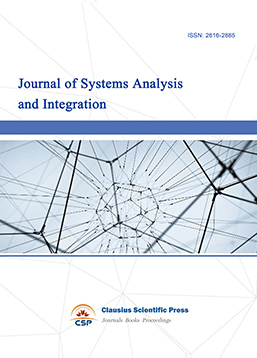
-
Knowledge Representation and Automated Reasoning
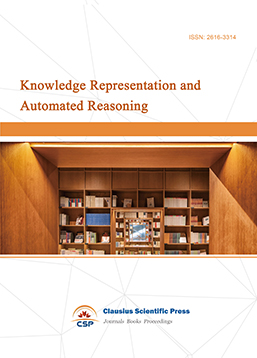
-
Review of Information Display Techniques
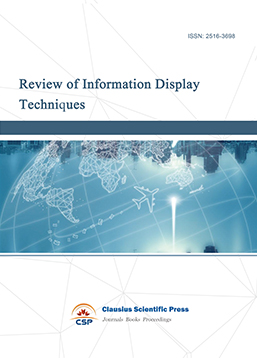
-
Data and Knowledge Engineering
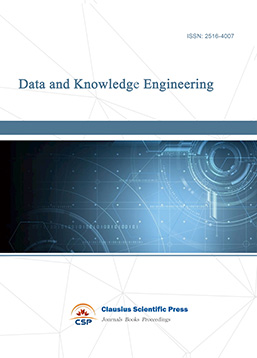
-
Journal of Database Systems
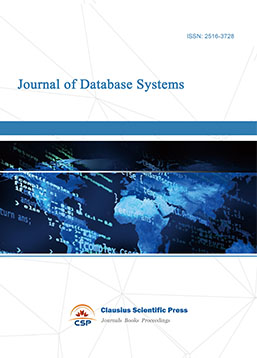
-
Journal of Cluster and Grid Computing
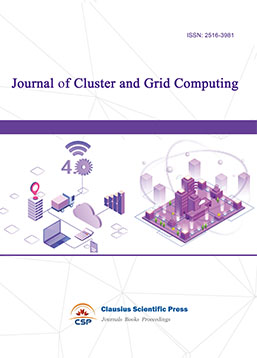
-
Cloud and Service-Oriented Computing
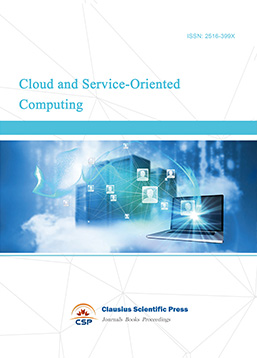
-
Journal of Networking, Architecture and Storage

-
Journal of Software Engineering and Metrics
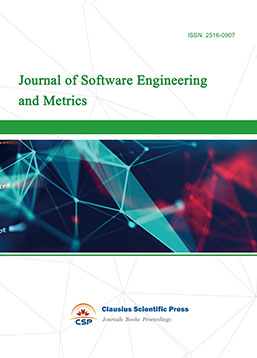
-
Visualization Techniques
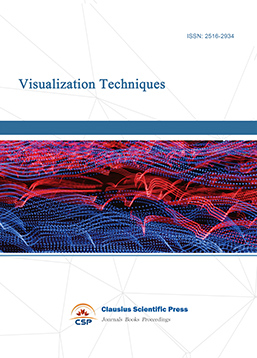
-
Journal of Parallel and Distributed Processing
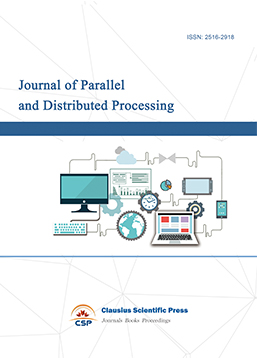
-
Journal of Modeling, Analysis and Simulation
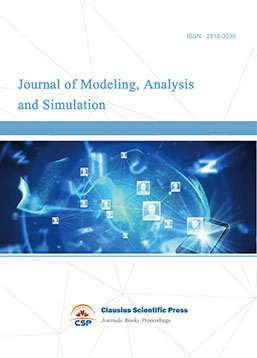
-
Journal of Privacy, Trust and Security

-
Journal of Cognitive Informatics and Cognitive Computing
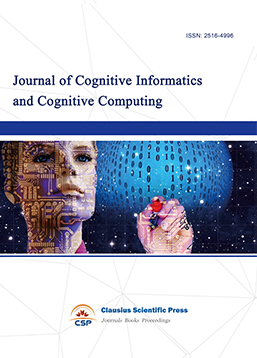
-
Lecture Notes on Wireless Networks and Communications
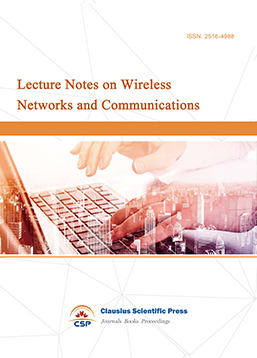
-
International Journal of Computer and Communications Security
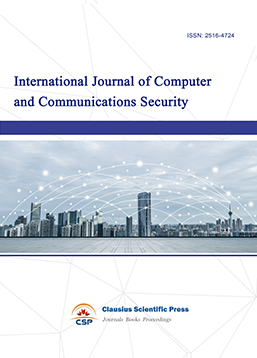
-
Journal of Multimedia Techniques
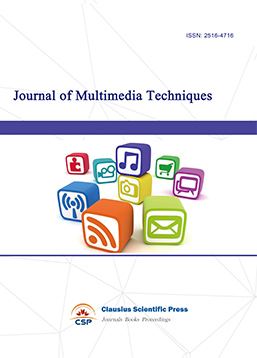
-
Automation and Machine Learning
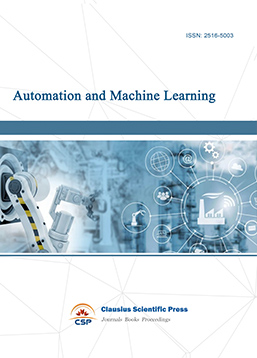
-
Computational Linguistics Letters
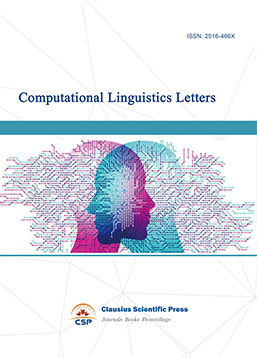
-
Journal of Computer Architecture and Design
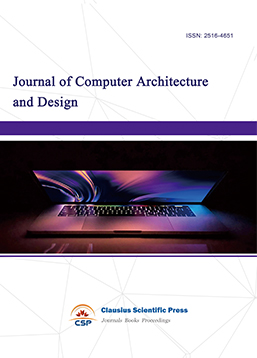
-
Journal of Ubiquitous and Future Networks


 Download as PDF
Download as PDF